1. Mountain Dew’s “Do the Dew” Cliff Jump Ad
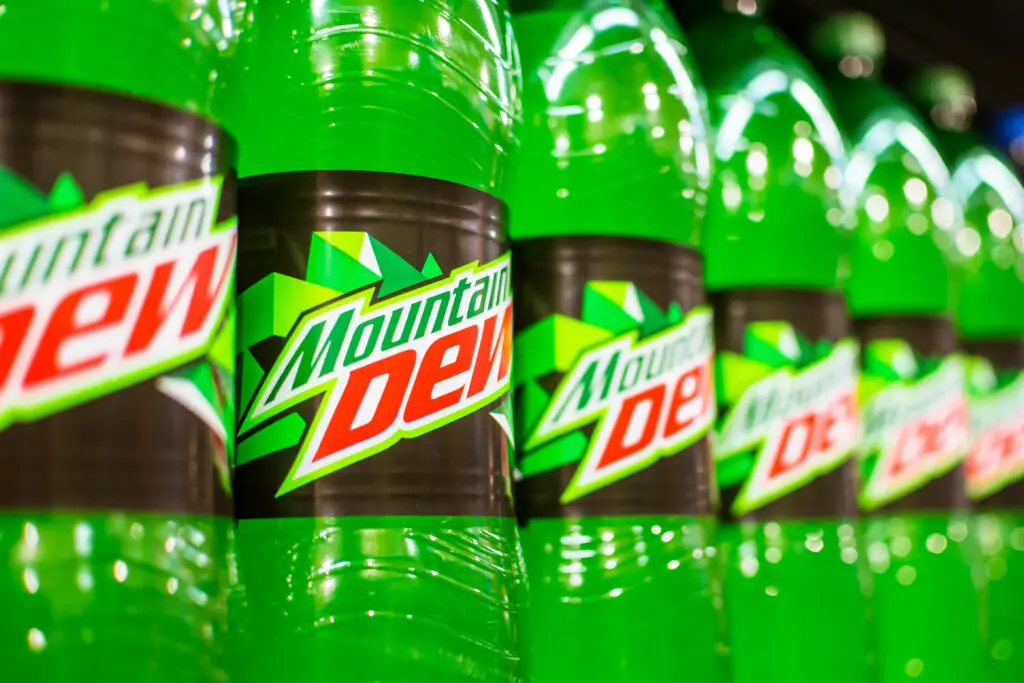
Back in the ’90s, Mountain Dew wasn’t just a drink, it was practically an extreme sport. One infamous commercial showed a group of teens jumping off a cliff into dangerous waters, grinning the whole way down like it was no big deal. It was all part of the high-octane branding that told kids, “If you’re not living on the edge, you’re taking up space.” Today, this kind of thrill-seeking ad would be slammed for encouraging reckless behavior shares DesignRush.
Censors would be quick to point out the lack of any warning or safety message. The idea that young viewers might try something similar without understanding the risks wouldn’t fly in 2025. These days, even toy commercials have disclaimers, let alone something that glamorizes danger. That carefree, do-it-for-the-thrill energy just isn’t marketable anymore, at least not without legal blowback adds USA Today.
2. Joe Camel Cigarette Ads

It’s wild to think that cartoon characters were once used to market cigarettes, but Joe Camel was everywhere in the ’90s. With his cool shades and confident attitude, Joe looked more like a Saturday morning cartoon star than a tobacco mascot. The ad campaign was clearly aimed at younger audiences, even if no one would admit it out loud shares NBC News.
Public backlash eventually caught up with the brand, and it became one of the most controversial ad campaigns in history. Today, there’s no way an ad like that would even get through the storyboard phase. Not only are tobacco ads strictly regulated, but anything that even looks like it’s targeting kids is immediately shut down. Joe’s legacy is now more of a cautionary tale than a marketing win adds Boing Boing.
3. Herbal Essences “Totally Organic Experience” Ad
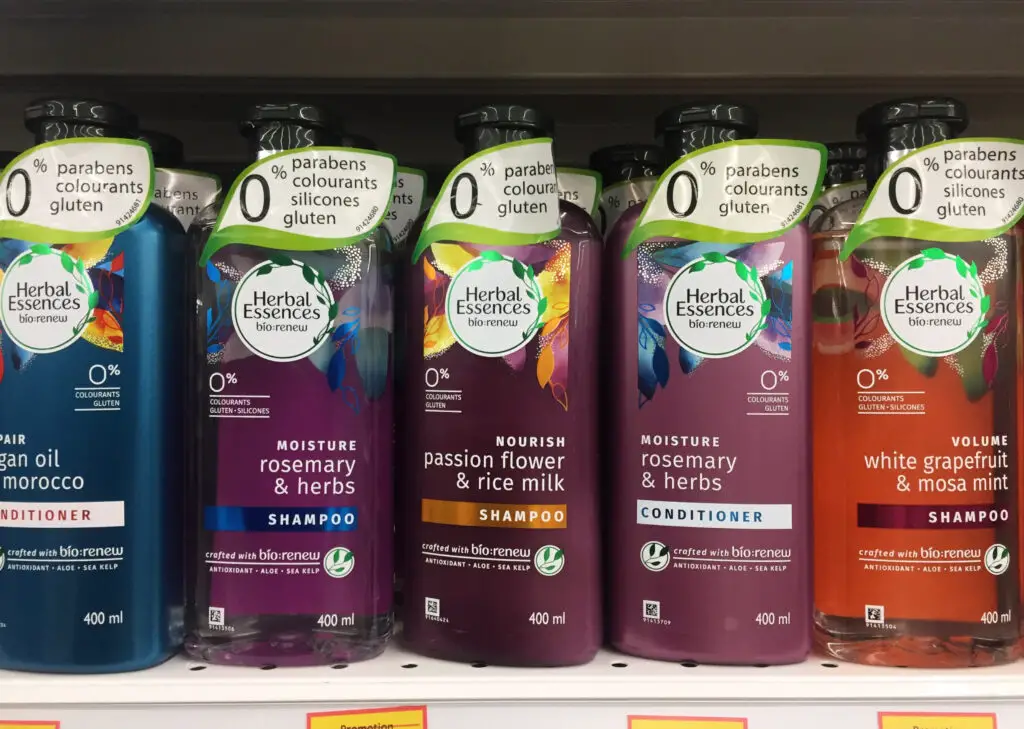
This shampoo commercial made waves for its very suggestive tone. In it, a woman uses Herbal Essences in the shower and starts moaning like she’s in a romantic movie—or maybe something a bit racier. At the time, it was cheeky and bold, but it definitely pushed the boundaries of what was considered appropriate for a hair product.
By today’s standards, it would be flagged for being overly sexual, especially during daytime television when kids might be watching. Sensuality in ads isn’t uncommon now, but this one leaned more into innuendo than most people were comfortable with. It sparked conversations about what’s acceptable in beauty product ads and would probably be edited down heavily or scrapped altogether now.
4. Sega’s “Genesis Does What Nintendon’t” Ad

The original console wars weren’t just fought on the playground—they were loud and proud in commercials too. Sega’s iconic ad openly mocked Nintendo with the now-legendary slogan, “Genesis does what Nintendon’t.” It was bold, brash, and threw all sense of sportsmanship out the window.
These kinds of direct attacks would raise red flags now. Ad guidelines have tightened around slamming competitors by name, especially if it could mislead consumers. The commercial didn’t just celebrate Sega—it tore down Nintendo. In the age of fact-checking and brand accountability, this type of ad would be far too aggressive to air without a lawsuit.
5. Pepsi’s “Number Fever” Philippines Giveaway
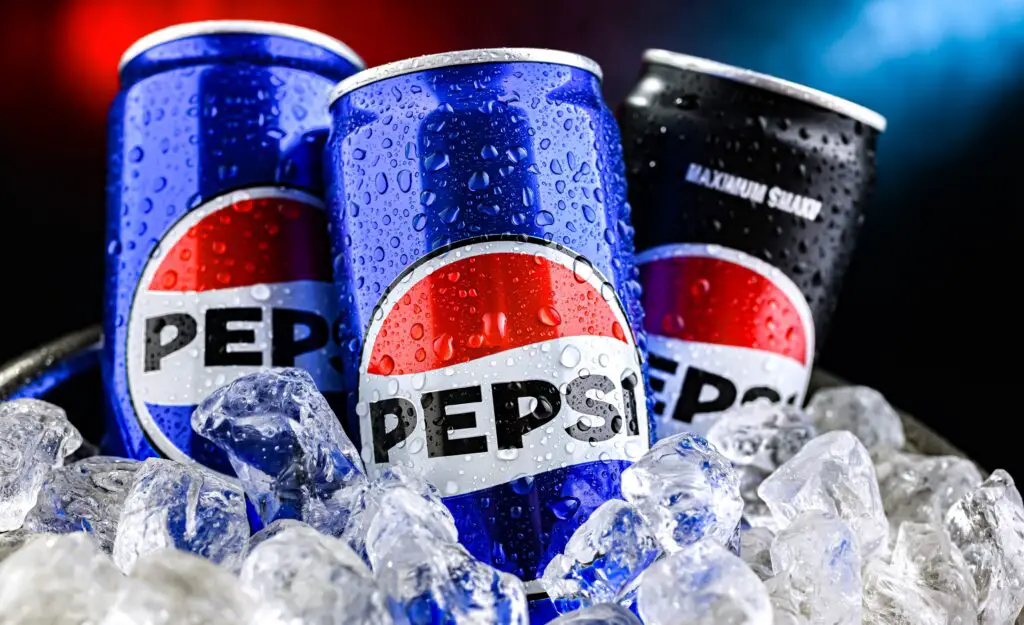
This one flew under the radar in the U.S., but in 1992, Pepsi ran a promotion in the Philippines that ended in disaster. A massive number of people were led to believe they’d won a life-changing cash prize due to a printing error. What followed were protests, legal battles, and even violence. It was one of the most disastrous marketing mishaps in history.
There’s no way a campaign like this would be allowed to roll out without serious vetting today. Censorship and consumer protection standards have grown stricter, especially when it comes to contests. The commercial that launched the promo looked innocent enough, but its fallout would make any modern network slam the brakes on a similar campaign.
6. Calvin Klein Jeans Teen Model Ads
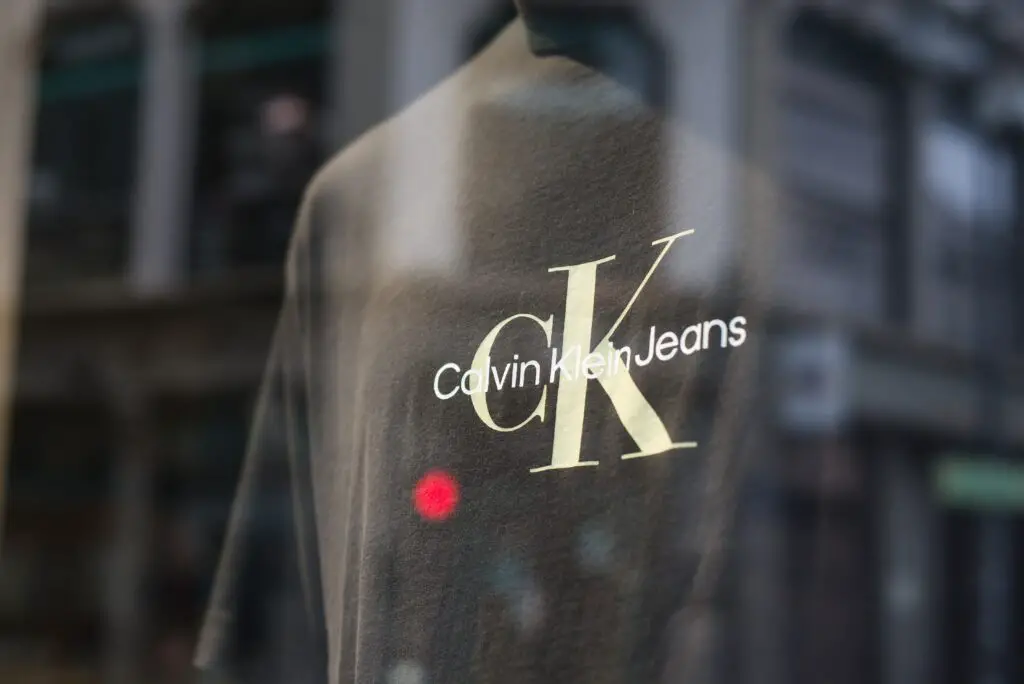
Calvin Klein pushed a lot of limits in the ’90s, but some of their jeans commercials crossed the line into deeply uncomfortable territory. The brand used young-looking models in provocative poses, and one campaign in particular featured teens in a casting-call setup that resembled something far more exploitative than edgy. Critics accused the brand of sexualizing minors, and it wasn’t just a bad look—it sparked investigations.
Today, those ads wouldn’t even make it past a legal department, let alone a censor board. The concept would raise red flags instantly for its tone and subject matter. Brands now tread carefully around age and representation, especially when it comes to anything that could be interpreted as exploitative. Calvin Klein’s old shock tactics wouldn’t survive a single social media cycle in this era.
7. Got Milk? “Aaron Burr” Ad
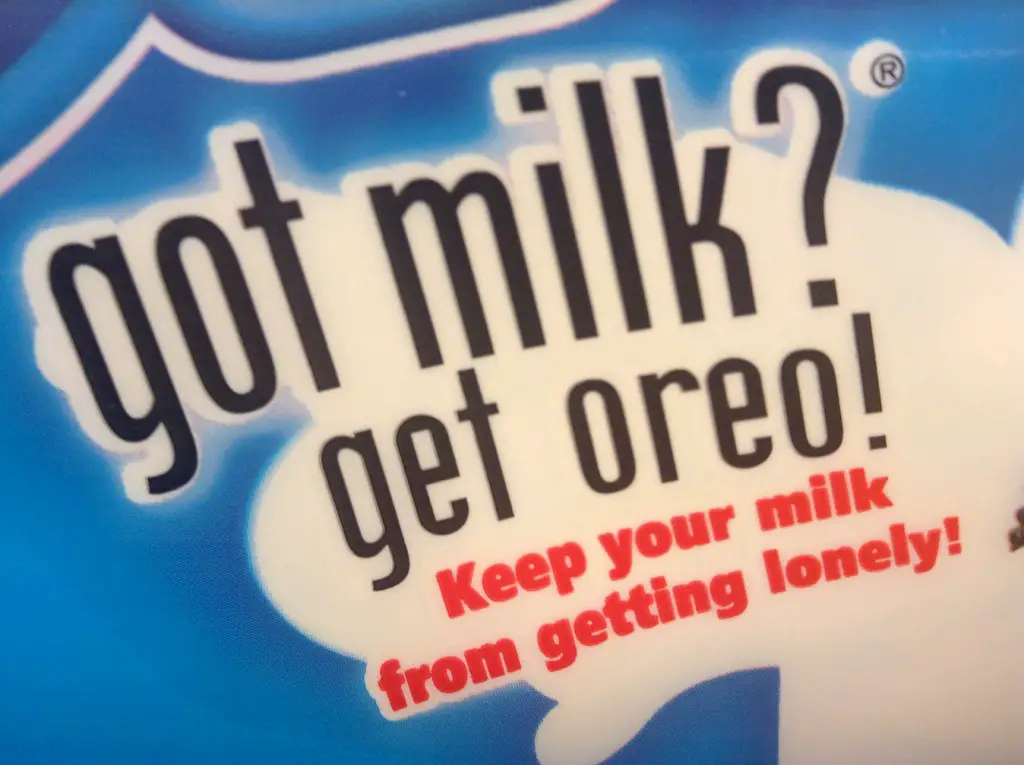
This commercial is remembered fondly for its humor and clever concept, but the dark undertones might not fly today. In it, a history buff with a mouth full of peanut butter fails to answer a radio trivia question about Aaron Burr because he doesn’t have milk to wash it down. Funny? Yes. But also a bit harsh, as the guy is clearly in distress and practically choking.
Censorship guidelines today often address depictions of distress, especially if it could be interpreted as promoting unsafe behavior. While the ad is iconic, it could be edited now to avoid showing someone struggling that way. What used to be funny in an exaggerated way might now be flagged for being in poor taste.
8. Budweiser’s “Frogs” Campaign
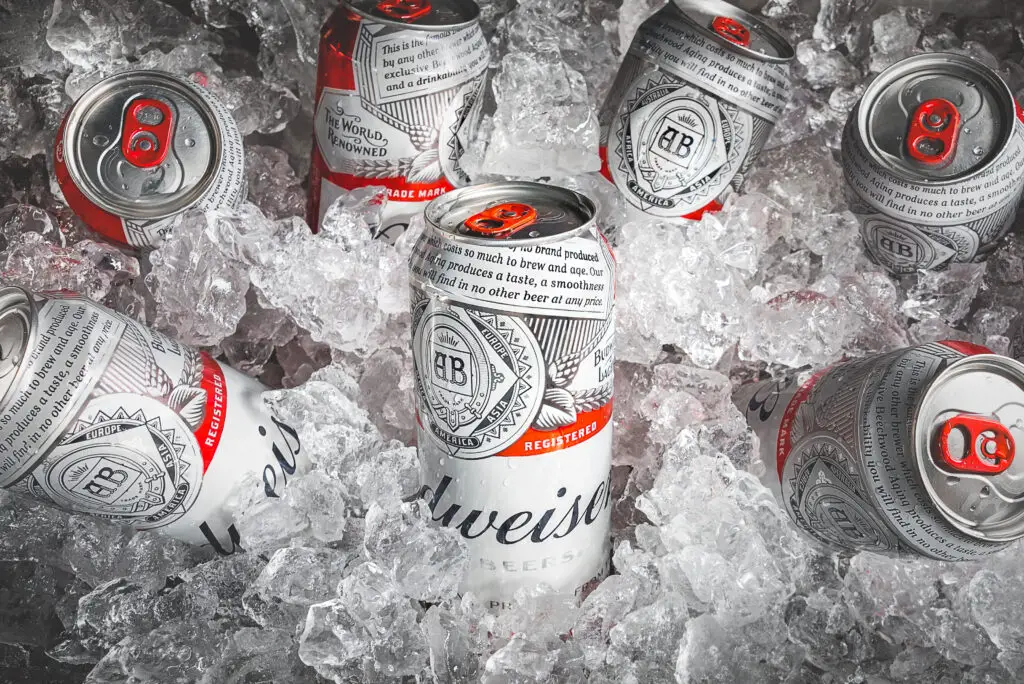
The Budweiser frogs were a quirky staple of ’90s commercials, but there was a subtle problem—many parents felt the cartoon-style animals appealed too much to kids. The frogs croaked out “Bud,” “Weis,” and “Er” in sequence, creating a weirdly catchy beer jingle. It was entertaining, but critics argued it blurred the lines of responsible alcohol advertising.
Nowadays, anything that even hints at targeting underage viewers is shut down quickly. Cartoon mascots for beer? Absolutely not. The frogs would be seen as too child-friendly for a product meant for adults, and the campaign would likely be scrapped or heavily redesigned. It’s a reminder of how different ad standards were just a few decades ago.
9. Fruit Gushers “Exploding Heads” Ad
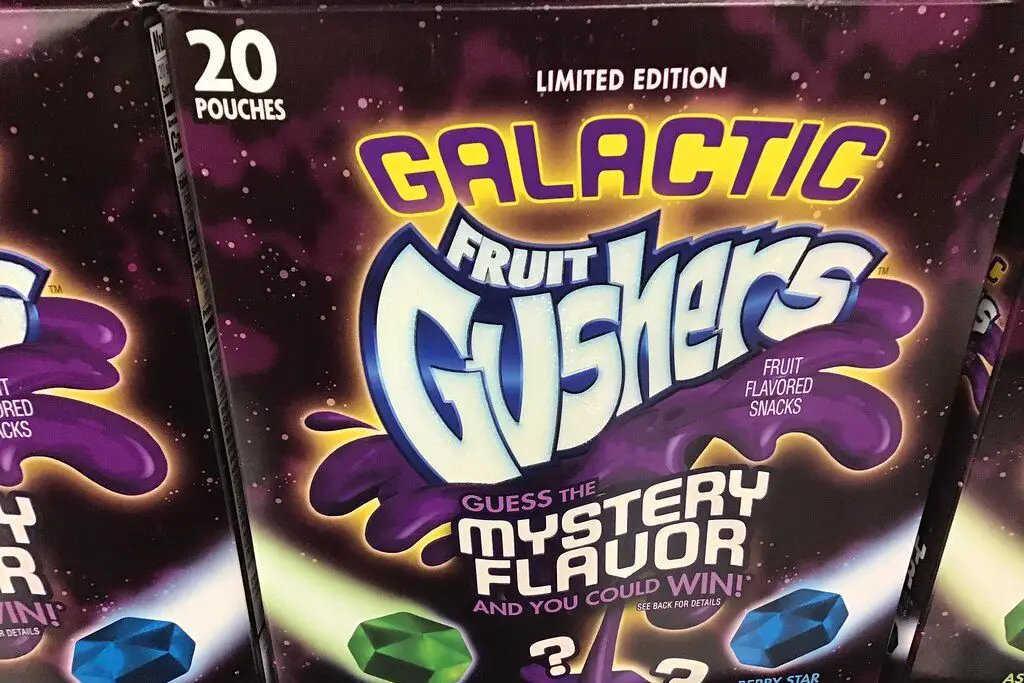
Fruit Gushers were known for their wild, surreal commercials, but one ad showed kids’ heads literally turning into giant fruits after eating the candy. It was meant to be funny and imaginative, but to some viewers, it came off as disturbing. The body horror element, even if it was cartoonish, was just a little too intense for younger kids.
Today’s ads for children’s products usually shy away from anything too grotesque or visually upsetting. Regulators now focus more on how ads affect young imaginations and emotions. While the Gushers ad was memorable, it might now be considered too weird or even anxiety-inducing for its target audience. You’d probably see a tamer, friendlier version if it aired today.
10. Nintendo’s “Play It Loud” Campaign
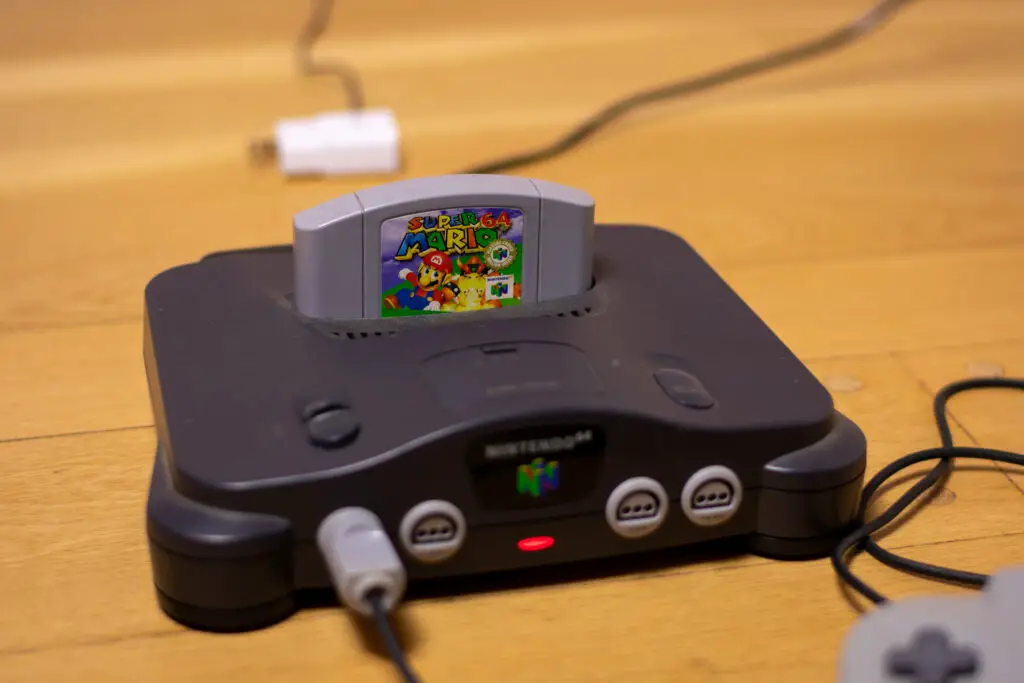
Nintendo usually had a family-friendly image, but the “Play It Loud” campaign in the mid-’90s took a hard turn into edginess. The commercials featured aggressive music, distorted visuals, and even some mildly gross-out humor. It was an attempt to appeal to teen boys, and it came off as rebellious and chaotic.
In today’s advertising landscape, that kind of tone might be considered too harsh or exclusionary. Brands are expected to be more inclusive and mindful of how their message lands with diverse audiences. “Loud” for the sake of loudness isn’t enough anymore. While the campaign captured the energy of the time, it wouldn’t meet the tone standards now.
11. Mentos “The Freshmaker” Ads
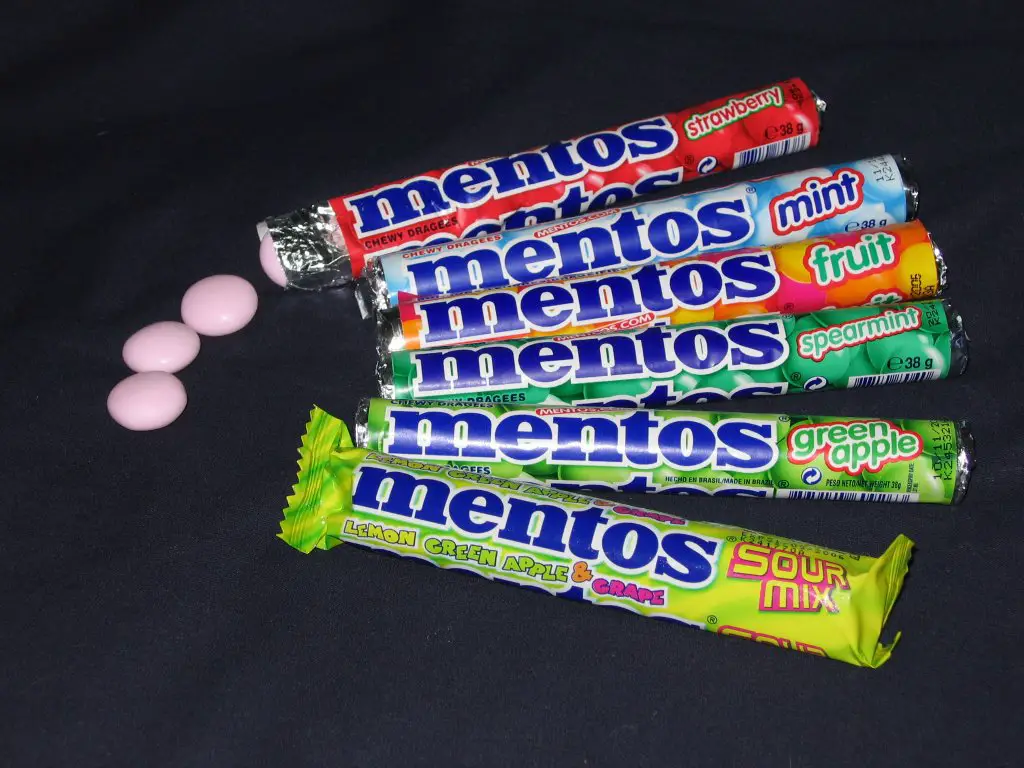
The Mentos commercials had a unique, if bizarre, style—characters would use Mentos as a magical solution to ridiculous social problems. One showed a guy sitting on a freshly painted bench and then using the stripes of paint as part of his fashion statement. It was goofy, but looking back, it encouraged rule-breaking and rewarded illogical behavior.
In a more litigious, safety-conscious world, commercials now avoid suggesting people use common sense-defying solutions. Encouraging viewers to get paint all over themselves and just laugh it off would raise eyebrows today. Brands are held accountable for what they suggest, even in a comedic tone, so Mentos’ surreal storytelling would likely be toned down.
12. Dr Pepper’s “Be You” with Young Girls Dancing
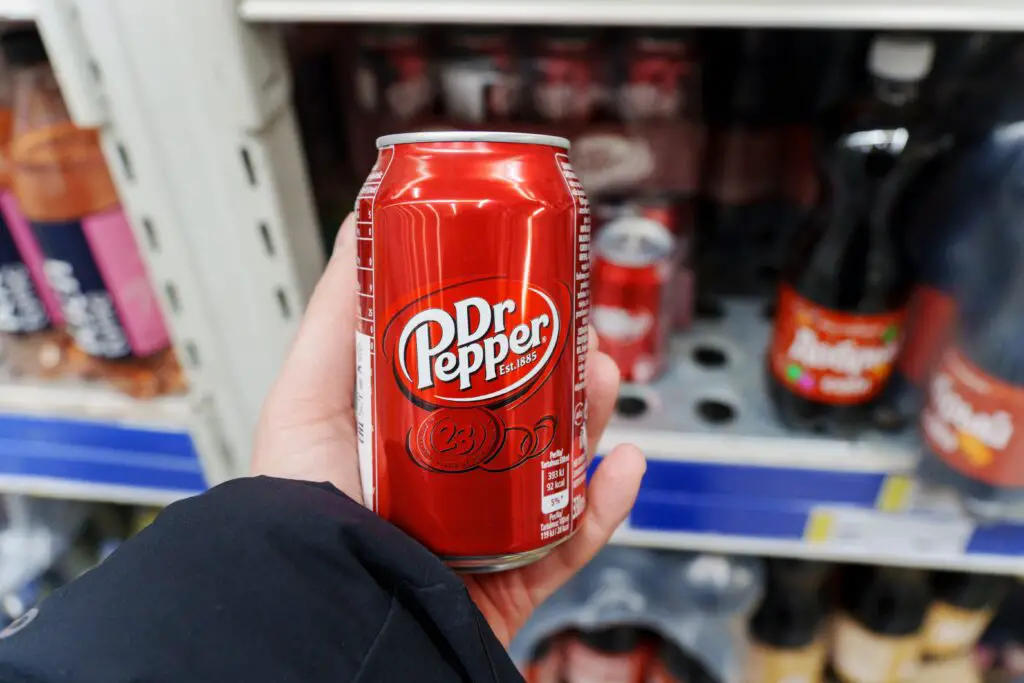
This particular ad featured very young girls lip-syncing and dancing to pop music while drinking Dr Pepper. The idea was to celebrate individuality, but it felt off to a lot of parents at the time, and even more so in hindsight. The girls were dressed and posed in ways that many found too suggestive for their age group.
Modern standards would absolutely not allow something like this to air. The backlash would be instant, especially on social media, with concerns about exploitation and inappropriate messaging. Companies are now far more cautious with how they present kids in ads, and rightly so. Dr Pepper’s attempt at empowerment ended up sparking more discomfort than celebration.
13. Levi’s “Laundromat” Ad

Levi’s made a splash with a now-iconic ad that featured a man stripping down to his boxers in a laundromat while “I Heard It Through the Grapevine” played. The spot was undeniably stylish and attention-grabbing, but it leaned heavily on nudity and sexual appeal. At the time, it was a cultural moment, but today it might cross the line into being labeled gratuitous.
Censors today are more likely to scrutinize the use of near-nudity in ads, especially in public settings. What was once edgy is now considered potentially inappropriate for general audiences. Levi’s might still go for bold, but this exact commercial would probably face some serious revisions before it aired. It’s a case of changing times and evolving definitions of what’s considered tasteful.
